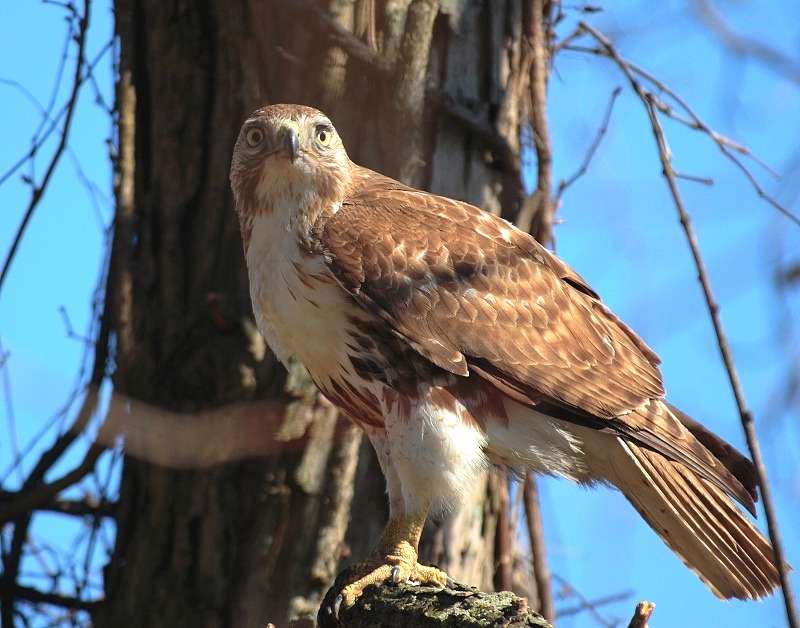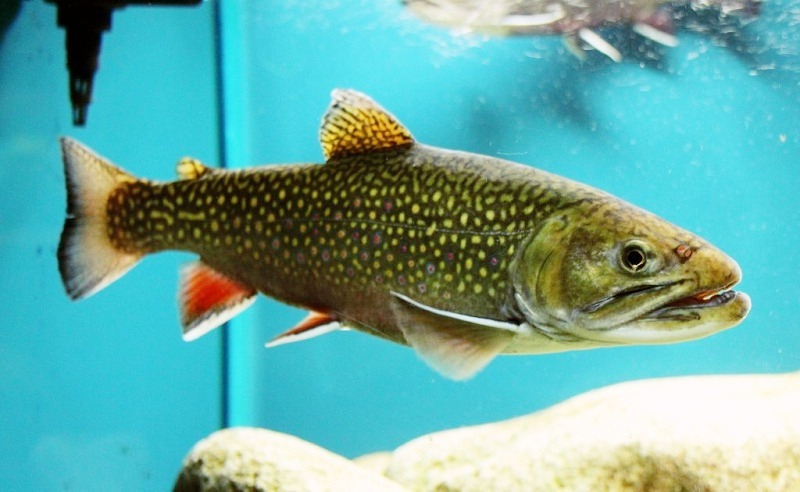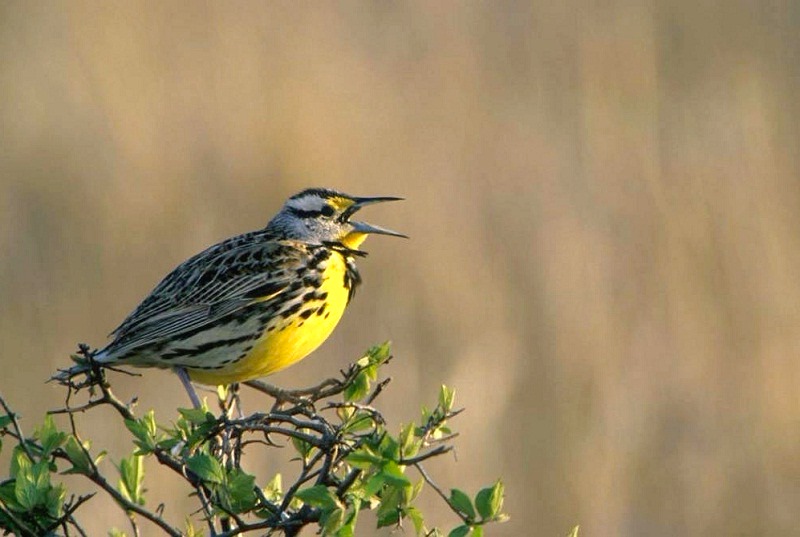If you are a nature lover and want to experience Mother Nature’s creativity at close quarters, what better place than the Oak Ridges Moraine. The abundance of wildlife witnessed at the moraine is due to the huge number of terrestrial and aquatic habitats found there.
The top animals and birds you can see
You will find kettle lakes and shorelines, wetlands, forests, prairies and savannahs, to name a few.
Obviously, such a variety of habitats house an equally varied animal life.
In the moraine, you might be fascinated by the Jefferson Salamander, Brook Trout, Gray Tree Frog to name a few. The region has much more to offer that will hold your attention for a very long time. Read on.
1. Red-tailed Hawk

The Red-tailed Hawk, so named because of the reddish feathers in its tail, is one of Canada’s most common hawks. It can be found in almost all of North America. It makes a typical rasping 2-part descending screeching sound.
2. Red-shouldered Hawk
As the name suggests, its shoulders are marked by reddish feathers while its tail features a dark band. Apart from these, it looks like the Red-tailed Hawk in shape and size. The Happy Valley Forest of the moraine records the most sightings of the Red-shouldered Hawk. The bird requires a habitat with a dense forest and, hence, has been restricted to a very small part of Southern Ontario.
3. Brook Trout

Brook Trouts are believed to be one of the best indicators of water quality in Southern Ontario. A sound Brook Trout has beautiful bright gold and red marks, while its copper-coloured scales radiate a shine.
Brook Trout prefer a clean habitat which is naturally cooled and cleared water that seeps upwards from the moraine’s aquifer.
4. Eastern Bluebird
Bird watchers love the bright blue feathers of the male Bluebird. The birds prefer to nest in cavities and in open habitats. They are losing their nesting space not only to other bird species, but also due to use of pesticides and loss of habitat. This has decreased their population considerably. Though, due to the efforts of the populace, the numbers are slowly rising again.
5. Meadowlark

“Spring is here”, said the Meadowlark. Well, not exactly. But that’s what locals say its cry sounds like, which is a whistling sound. Meadowlarks are easily identified by the black ‘V’ mark on their yellow breasts. They are often found perched on fence posts. Once a very common bird of spring, its population is under threat now due to decreasing farmlands, which are its natural habitats.
6. White-tailed deer
The only species of small deer at the Oak Ridges Moraine, the White-tailed deer is the most common of Ontario’s large mammals. As the percentage of forest cover fluctuates at the moraine, the population of this mammal also changes. This is because white-tailed deers prefer a forested habitat. They can make their home in a range of one to three hundred acres.